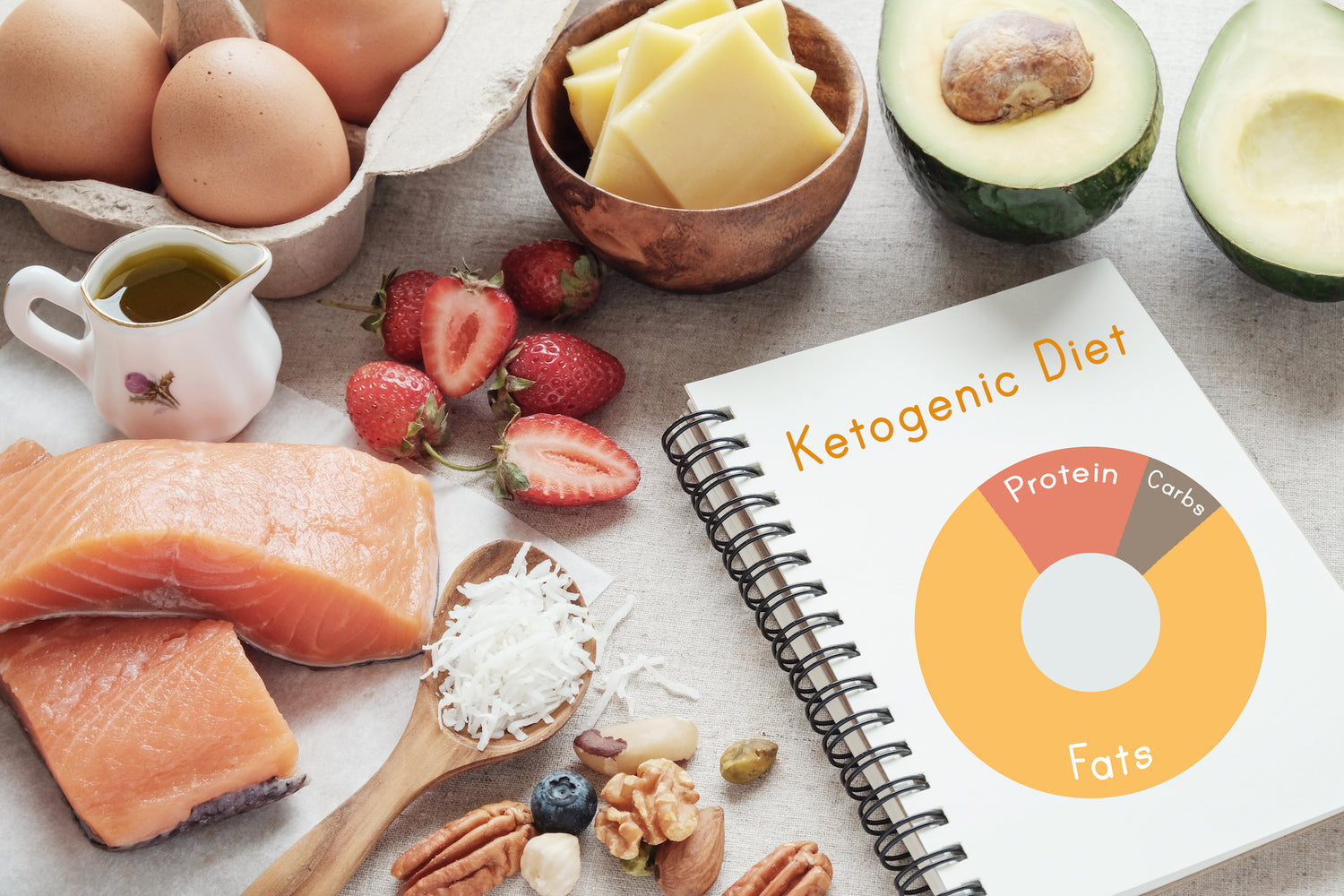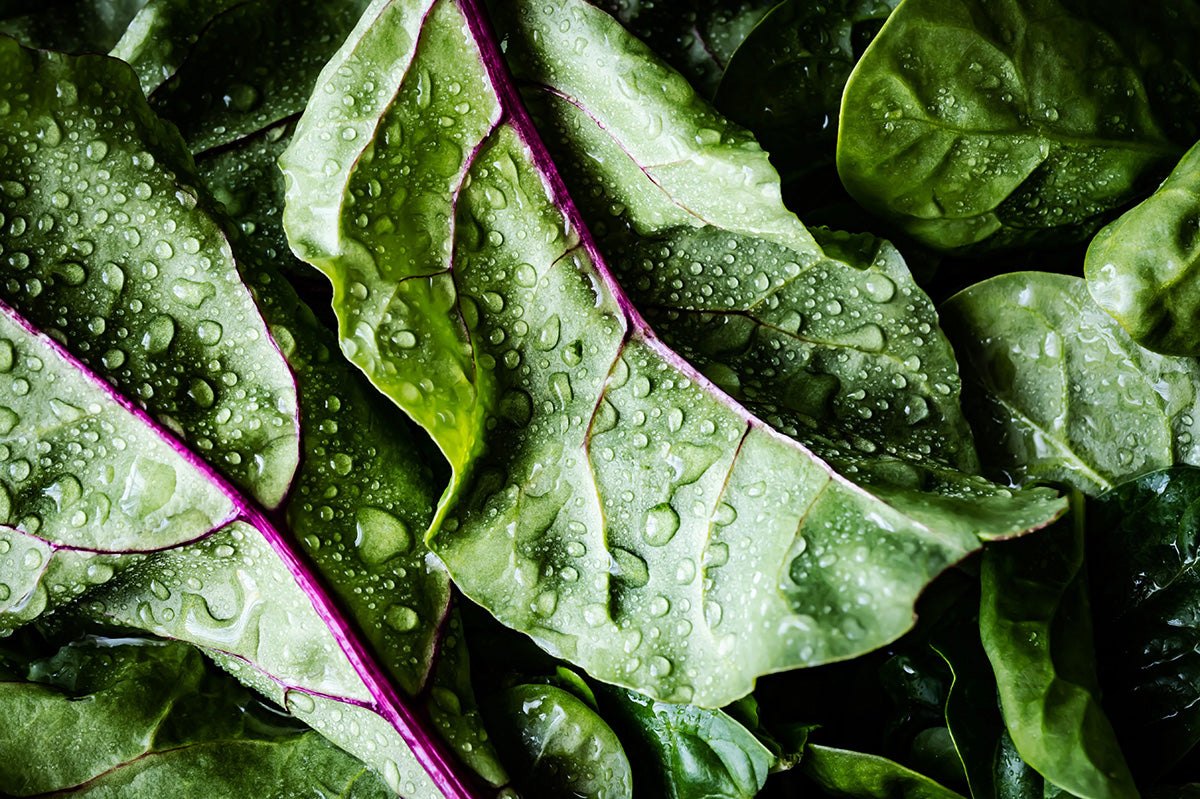If you’re following a ketogenic (keto) diet or just starting to learn about it, you’ve likely heard that tracking macros is the key to keto success. If you’re unsure what this means and why it’s so important, you’ve come to the right place.
This article will cover what macros are, why tracking or counting them is necessary on a keto diet, and how to determine the best macros for you.
What Are Macros?
Macronutrients (macros) are the nutrients your body needs in large amounts. These include carbohydrates, protein, and fat. Macros are where your calories come from and contain the components of food your body needs to maintain its energy, systems, and structures.
What Macros Are Required for Keto?
The keto diet is a high-fat, low-carb diet that follows this macro ratio:
- 5 to 10 percent of your daily calories from carbs
- 15 to 30 percent of your daily calories from protein
- 60 to 75 percent of your daily calories from fat
These macros are very different from what most people are used to. In fact, the Institute of Medicine recommends that active people get 45-65% of their energy from carbs, 10-35% from protein, and 20-35% from fat.[*]
So, what’s the deal with keto? Why are the macros so drastically different than a standard diet? Well, the goal of a keto diet is to radically change the way your body uses nutrients for energy production.
By keeping your carbs very low (20-50 grams per day), your body shifts from burning carbs for fuel (its typical fuel source) to burning fat. This state is called ketosis.
This occurs because restricting carbs keeps blood sugar and insulin levels low, which prompts your liver to start burning fat and producing ketones—an alternative fuel that’s produced when there isn’t enough glucose (sugar) from carbs to be used as energy.
The resulting benefits include weight loss, more stable energy, reduced need for insulin in those with diabetes, improved brain health, and reduced hunger.[*][*][*][*]
Determining Your Ideal Keto Macros
Keto macros are roughly the same for most people, however, for maximum efficacy, your keto macros should match your physique, lifestyle, and goals.
So, how do you know what your optimal keto macros should be? Here’s how to do it.
Step #1: Determine Your Calorie Needs
Figuring out your keto macros starts with determining how many calories you need to consume daily. You can determine your daily calorie needs using this calculator, which asks for your age, height, current weight, sex, activity level, and weight loss goals.
Based on the info you provide, you’ll receive a daily calorie number. If you’re looking to lose weight, you’ll consume fewer calories than your body burns (calorie deficit). If you’re looking to gain weight, you’ll consume more calories than you burn (calorie surplus).
Once you’ve calculated your daily calorie needs, you can build your macro goals accordingly.
Step #2: Determine Your Carb Needs
Determining your keto carb needs is undoubtedly the most important step. For most people, a carb intake of 20 to 50 grams per day will promote ketosis, but the exact amount you need can vary.
You can use your total calorie intake as a gauge to calculate your carb needs. Let’s say your total daily calorie intake is 2,000 calories and you want to consume 5% of your calories from carbs. Use the following equation to determine how many total carbs you should aim for:
Calories per day (2,000) x percentage of calories from carbs (.05) ÷ Number of calories per gram in carbohydrates (4) = 25 grams of carbs per day.
A Note on Net Carbs
Many keto experts suggest counting your daily net carbs instead of your total carbohydrate intake.
- Net carbs = total grams of carbs − grams of fiber.
Why would fiber be subtracted? Because it’s a type of carb that’s not easily absorbed by the body, so it doesn't significantly affect blood sugar levels. As such, it can be excluded from your daily intake. So, in the example above, the 25 grams of carbs per day we calculated would be net carbs.
#3: Determine Your Protein Needs
You can estimate how many grams of protein you need daily based on your activity level.
- Sedentary: 0.6 grams x pounds of body weight
- Moderately active: 0.9 grams x pounds of body weight
- Very active: 1.1 grams x pounds of body weight
For example, a 130-pound person who is moderately active would need a protein intake of 117 grams per day (0.9 x 130 = 117).
Step #4: Determine Your Fat Needs
Lastly, you can determine your daily fat intake based on your remaining daily calories.
Here’s how to figure it out:
- Multiply your grams of carbs from step #2 by 4. This will give you your calories from carbs (e.g. 25g x 4 = 100 calories from carbs).
- Repeat this with your estimated protein needs from step #3 (e.g. 117g x 4 = 468 calories from protein).
- Add your carb and protein calories and subtract that number from your total daily calorie needs (e.g. 2,000 calories − [100 calories from carbs + 468 calories from protein] = 1,432 calories from fat).
- Now, divide your fat calories by 9 (the number of calories in a gram of fat) to get your daily fat grams (1,432 ÷ 9 = 159 grams of fat per day).
How to Track Your Macros
Phew! Who knew math class would come in handy on your keto diet? These calculations might look complicated at first glance, but the process of figuring out your macros should only take about five minutes. Alternatively, there are lots of keto macro calculators online that you can simply plug your information into to get your estimated macros.
Regardless of how you determine your keto macros, you’re probably wondering how to track the macro content of the foods and drinks you consume. Thankfully, this part is really straightforward.
Simply use a food tracking app like Cronometer or MyFitnessPal to input your daily food. It will automatically tell you your exact macro breakdowns, including the macro percentages, grams, and calories.
Do You Really Need to Track Macros on Keto?
Keto macros are the foundation of success on a keto diet. That being said, once you get a feel for what your macros look like in food form, you don’t have to track your macros every day.
You’ll soon come to understand what a typical keto plate looks like and learn to stay within your macro ranges intuitively. If you need support, consider consulting with a dietician who can provide you with a meal plan and keto recipes.
It’s also important to note that the sources of carbs, protein, and fat matter. Your keto meals should be composed of mostly whole foods, such as animal protein, eggs, vegetables, avocados, and healthy oils like coconut oil and olive oil.
You can also supplement your diet with healthy keto convenience foods like IQBAR—a vegan and keto protein bar that contains just 1-2 grams sugar and 2-3 grams net carbs. Plus, each bar offers five brain nutrients!
Find your favorite IQBAR flavors by trying our Chocolate Lovers Variety Pack, Fruit Lovers Variety Pack, or 7-Bar Sampler. Already know which flavors you love? Go all in with a 72-bar Custom Case.
Happy macro counting!




